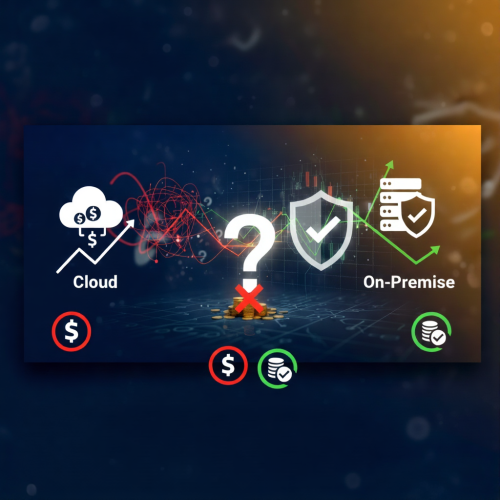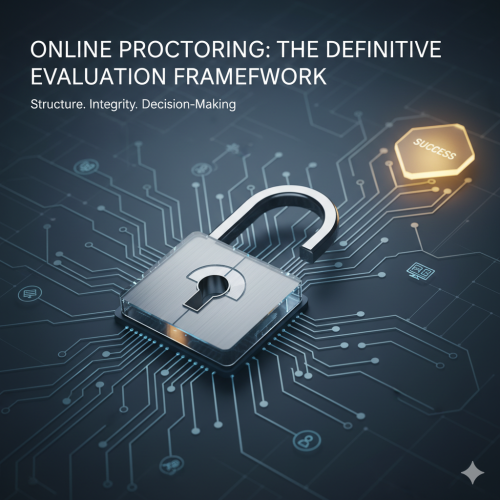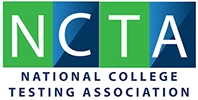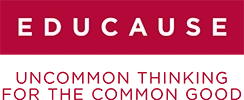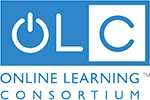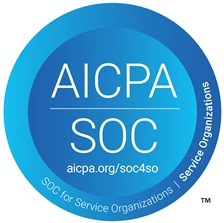As the COVID-19 pandemic spread around the world in 2020, e-learning and remote coursework suddenly became a topic of mainstream news. According to a study conducted by MAResearch, over 1.6 billion students worldwide were affected, and the growth of the e-learning sector was accelerated as colleges, universities, and vocational training programs sought remote solutions. The global e-learning market is predicted to grow to over $1 trillion by 2027, and remote proctoring is an integral part of that growth.
Remote proctoring is the key to validating the results of online exams and ensuring those results have just as much integrity as traditional in-person testing. That’s why global spending for remote proctoring alone is projected to exceed $1.3 billion at the same time.
Although remote proctoring will see sizable growth across the world, revenue will be concentrated in regions like North America and Europe, as well as countries like China. MAResearch predicts 38.18% of the online exam proctoring market will be in North America by 2027, 30.1% from Europe, 9.08% in China, and 4.23% in Central and South America.
Despite the movement towards remote proctoring, the market is not without challenges. Disadvantaged students without consistent Internet access have been left behind as classes transition to completely remote learning. Layoffs and shutdowns during the pandemic have put pressure on parents who may not be able to afford a reliable Internet connection or computers with sufficient RAM for applications like Zoom or Google Classroom.
Still, recent innovation and extreme adaptability from remote proctoring companies have made them an ideal choice for exam security. During an exam session, online exam proctoring can track exam environments, computer screens, chat records between a student and their proctor, and various other things, depending on the type of proctoring.
Industry growth has not changed the market share of each type of online exam proctoring. Live online proctoring remains the most popular, hovering around 65% and recorded proctoring usage has been between 8 to 10% in the past five years, according to MAResearch. The market share of advanced automated proctoring has increased almost five percent in as many years and is expected to continue to grow to 34.52% by 2027, while live proctoring is expected to drop to 59.16% and record proctoring to 6.32%. Still, live proctoring will continue to be the strongest segment of the industry for the foreseeable future.
In addition, some remote proctoring companies have improved their services and have even expanded beyond just exam proctoring. Proctor360 empowers organizations to proctor exams with their own proctoring staff with our Institutional SaaS remote proctoring solution. For test takers who have expressed discomfort in having unfamiliar proctors monitoring them during exam sessions, schools can consider pairing our software platform with their personal proctoring staff. We even provide training and certification programs for these proctors to acquaint them with our system.
Furthermore, Proctor360 adopted our secure infrastructure to offer export controlled information (ECI)-compliant remote proctoring to government-regulated industries like nuclear power. These industries have Controlled Unclassified Information (CUI) and sensitive data and require more security than the average service can provide, making us an ideal choice for organizations like FedRAMP, FISMA, Department of Defense, NIST, and the Bureau of Industry and Security.
These adaptations are instrumental in supporting market growth in the coming years. Moreover, as lockdowns increase the need for schools to stay remote and administer tests remotely, the education industry is also growing, providing even more opportunities for the remote proctoring industry to prosper.
While education still makes up the largest market share of online exam proctoring at 54.16% this year, other fields are expected to grow. Certifications and licensures currently comprise 27.54% of the industry but is forecasted to grow to 30.25% by 2027. Corporate uses including our ECI-compliant proctoring services will also increase slightly, hovering around 13%.
Although the remote proctoring market got a windfall due to the COVID-19 pandemic, its future looks extremely healthy even post-COVID and is expected to double in size by 2027. It’s a good time to be an innovator in an industry that is demanding new, more flexible, and more secure solutions.





